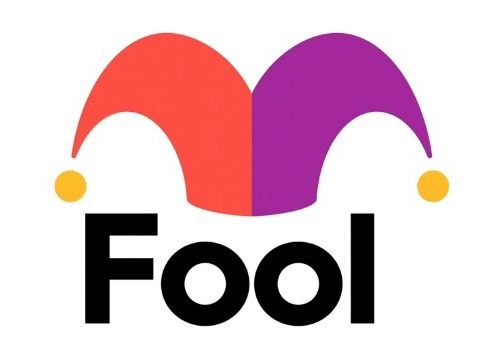If you’ve been tucking money away into a traditional IRA, SEP IRA, SIMPLE IRA, or employer-sponsored plan like a 401(k), you’ll eventually have to take required minimum distributions (RMDs) and pay taxes on the money withdrawn. Generally, RMDs kick in the year you turn 73 (or 75, if you were born in 1960 or later).
The IRS is pretty strict about RMD rules and anxious to collect the taxes that weren’t paid when the money was invested. The following five strategies can help you avoid the ire of the IRS and potentially save money along the way.
Where to invest $1,000 right now? Our analyst team just revealed what they believe are the 10 best stocks to buy right now. Continue »

Image source: Getty Images.
1. Mark the date in red
When you lead a busy life, it’s easy to miss a due date, but when it comes to required minimum distributions, you might want to mark the day in red.
Forgetting to take an RMD when it’s due can result in an excise tax of 25%. That’s 25% of the amount you were supposed to withdraw. For example, if your RMD were $10,000, your penalty would be $2,500. The one saving grace is that the IRS will reduce that penalty to 10% if you make the withdrawal within two years of the date it was due.
Still, who wants to pay the government 10% of their hard-earned money due to a mistake? Mark the due date in red on every calendar you own, including your phone, tablet, and a good, old-fashioned desk calendar. In fact, weeks before the withdrawal is due, mark your calendars for daily reminders.
2. Think hard about whether to delay an RMD
Even if the IRS offers extra time for you to make your first withdrawal, crunch the numbers to ensure it makes sense. Once you miss a Dec. 31 deadline, you’re into the next year, meaning you’ll need to take two RMDs in the same calendar year. If taking two RMDs in the same year means getting pushed into a higher tax bracket, you’ll pay more for all your taxable household income.
If it looks like your tax rate will be impacted, plan to take the first payment when it’s due rather than waiting.
3. Check your figures and check them again
If you withdraw more than required, the IRS does not care (whew!). However, if you withdraw less than required, the excise tax kicks in. One common reason people withdraw too little is due to simple calculation errors. While RMDs may seem complicated to calculate, there are tons of resources to help you figure it out.
For example, there’s this easy-to-use RMD calculator from AARP, and these IRS worksheets that walk you through how RMDs are calculated. If you’re new to this and would feel more comfortable with professional help, a tax advisor or financial advisor can help.
4. Some things in marriage can’t be shared
If you’re married, you and your spouse probably share many things in life. One thing you can’t share is a retirement account. That means you can’t take RMD distributions for both of you from one of your accounts. RMDs must be calculated and withdrawn separately.
5. Don’t be afraid to march to your own beat
If you’re doing fine without RMD withdrawals and want to minimize your taxes, do something a little different — make a qualified charitable distribution (QCD).
QCDs are pretty sweet, but only work for traditional IRAs, inherited IRAs, inactive simplified employee pensions (SEPs), and inactive SIMPLE IRAs. (An “inactive” account is one that no longer receives employer contributions.)
Here’s how it works: Individuals 70 1/2 or older can donate up to $108,000 — or $216,000 per couple — to one or more charities. The funds are sent directly from a taxable IRA to the qualified charity of your choice. If making the donation prevents you from being pushed into a higher tax bracket, you can save money. More importantly, perhaps, it benefits a worthwhile cause.
Like learning to drive a manual transmission, RMDs seem complicated until you get the hang of them, and once you do, you’re on the road to wherever you want to go.
The $22,924 Social Security bonus most retirees completely overlook
If you’re like most Americans, you’re a few years (or more) behind on your retirement savings. But a handful of little-known “Social Security secrets” could help ensure a boost in your retirement income.
One easy trick could pay you as much as $22,924 more… each year! Once you learn how to maximize your Social Security benefits, we think you could retire confidently with the peace of mind we’re all after. Join Stock Advisor to learn more about these strategies.
View the “Social Security secrets” »
The Motley Fool has a disclosure policy.
 fool.com
fool.com benzinga.com
benzinga.com



